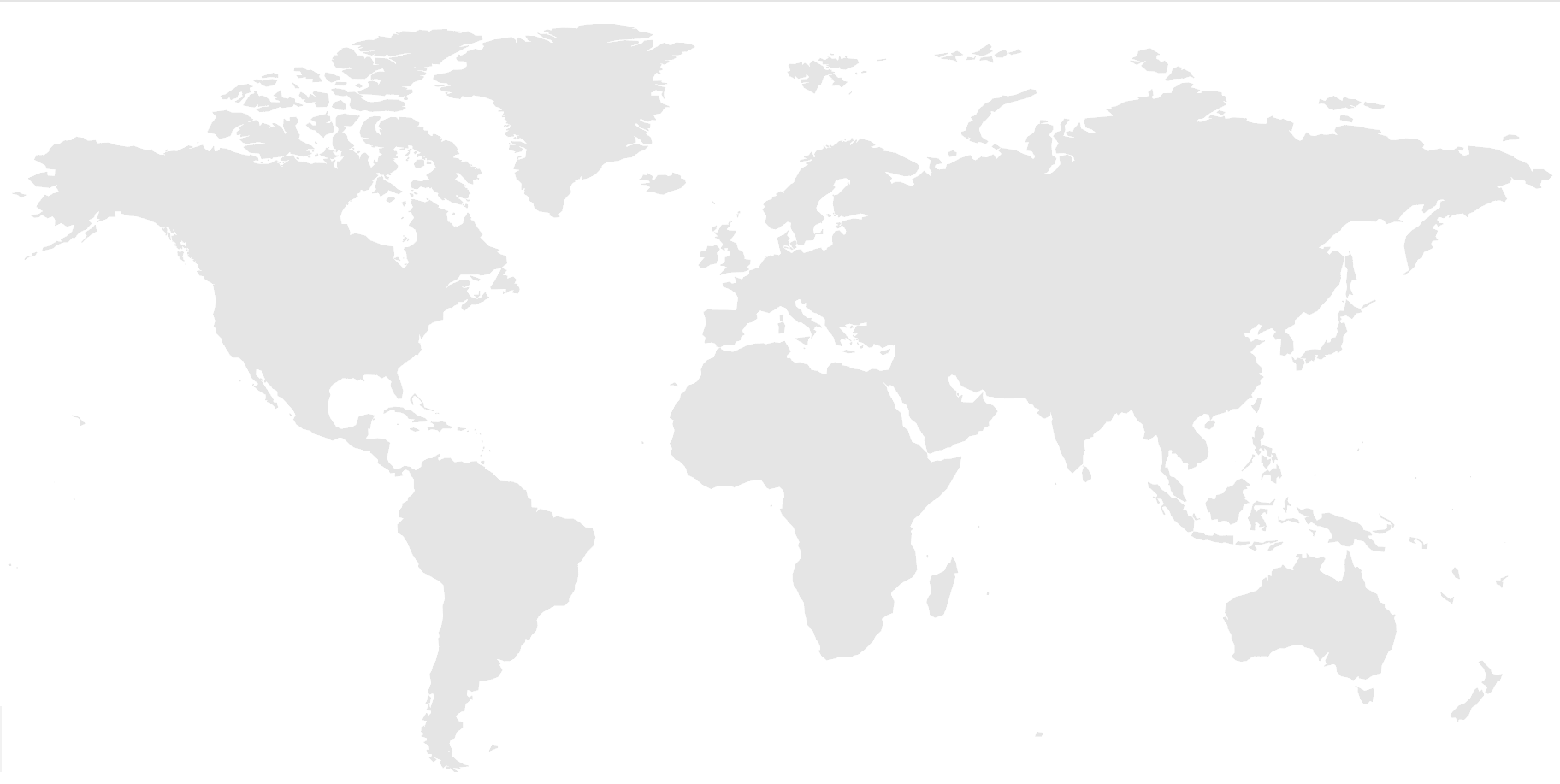Plant Heatlth Initiative (PHI) employs data tools, AI, remote sensing, habitat data, and biology to predict and prevent pest and disease outbreaks in LMICs.
In 2023, PHI’s team honed data-driven tools to combat rapids preading P&Ds in both perennial and annual cropping systems. Utilizing cutting-edge data processing, remote sensing, machine learning, and AI, these efforts enable tools and procedures for early detection, mapping, and monitoring of crop infestations, averting large-scale outbreaks. The TUMAINI Banana Disease Dashboard, alongside advancements in wheat rust monitoring, climate modeling, and pathogen genomic surveillance strengthens plant health biosecurity policies against economically significant P&Ds in low- and middle- income countries (LMICs).
and Guiding Preparedness for Rapid Response” enhanced data-driven decision-support tools to combat invasive pests and diseases (P&Ds) with potential to spread rapidly and significantly disrupt agricultural production and farmer livelihoods. The team successfully leveraged past advancements and integrated novel innovations to track P&Ds within both perennial and annual cropping systems. A few achievements are highlighted here.
Predictive tools for managing disease in banana farming: Addressing invasive diseases such as banana bunchy top disease (BBTD), fusarium wilt, and bacterial wilt, a collaborative effort by the Alliance of Bioversity International and CIAT, IITA, and their partners generated significant innovations. A TUMAINI Banana Disease Dashboard leverages a decade’s worth of surveillance data (50,000 GPS points catalogued across 15 countries) and data analytics to visualize and track patterns in the spread of banana P&D. Additionally, remote sensing and AI transformed banana-mapping within African mixed farming systems. Utilizing data obtained from synthetic aperture radar, unmanned aerial vehicle imagery (45,000 images), and ground-truthing with GoPro cameras (150,000 images), the team developed AI models with an 80 percent accuracy rate in
predicting banana areas, and enhancing disease risk modelling and surveillance decision-making. A custom-trained Yolo-v8 AI model was developed to conduct surveys of banana fields using unmanned aerial vehicles that distinguish healthy and infected plants. Logistic regression techniques were employed to determine environmental conditions conducive to BBTD spread across the African landscape, bolstering landscape surveillance and decision support.
Innovations in monitoring P&Ds in an annual cropping system — the case of wheat: Collaborating with partners, the PHI team at CIMMYT utilized cutting-edge sensor technologies to map and monitor rust occurrences in wheat. Leveraging unmanned aerial vehicles and ultra-high-resolution satellite sensors, the team monitored wheat rust in on-station and on-farm experiments and identified 18 spectral features as predictors of rust diseases and yield impact. Using Random Forest AI models and Sentinel-2 satellite data, high-resolution static and dynamic wheat distribution maps were generated, enhancing forecasting models for rust vulnerability in Ethiopia. In tandem with remote surveillance efforts, Yellow Rust Resistance Monitoring Network sites were established for tracking the evolution of resistant-breaking strains and evaluating the performance of newly bred wheat varieties against existing strains. The data collected facilitate informed breeding decisions that support development of more resilient wheat cultivars.
Other advancements have fortified predictive modelling capabilities centered on harnessing biophysical data. These include release of an enhanced insect life cycle modelling web platform to elucidate climate change effects on insect pest outbreaks. Additionally, an upgraded EPIRICE model has been devised to forecast the impacts of weather factors on rice blast and rice brown spot dynamics across Africa and Asia. Another module, integrated into the NextStrain web, facilitates tracking cassava geminiviruses in Southeast Asia and cassava potexviruses in LAC. A simulation model blending African armyworm bioecology with AI algorithms was developed to predict and prepare for pest outbreaks12. In addition, with text mining and AI technologies, we created a global media analysis tool for tracking reports of P&D occurrences.
We also employed genomic surveillance to gauge the influence of pathogen genetic diversity on crop disease control. This work investigated viruses afflicting chickpea and lentil in Ethiopia, faba bean in Tunisia, yam mosaic virus in Nigeria, rice yellow mottle virus in Nigeria16, toradovirus in potato associated with rugose symptoms in Peru, and post-flowering stalk rot pathogens in South Asia (9,265). These innovations from the multidisciplinary approach of WP2 contribute to the country’s preparedness to counter economically important P&Ds and augment plant health biosecurity policies.
Header photo: A farmer checking the agro-climate information sent to his phone via SMS, Sri Lanka. Photo by Samurdhi Ranasinghe. IWMI.






